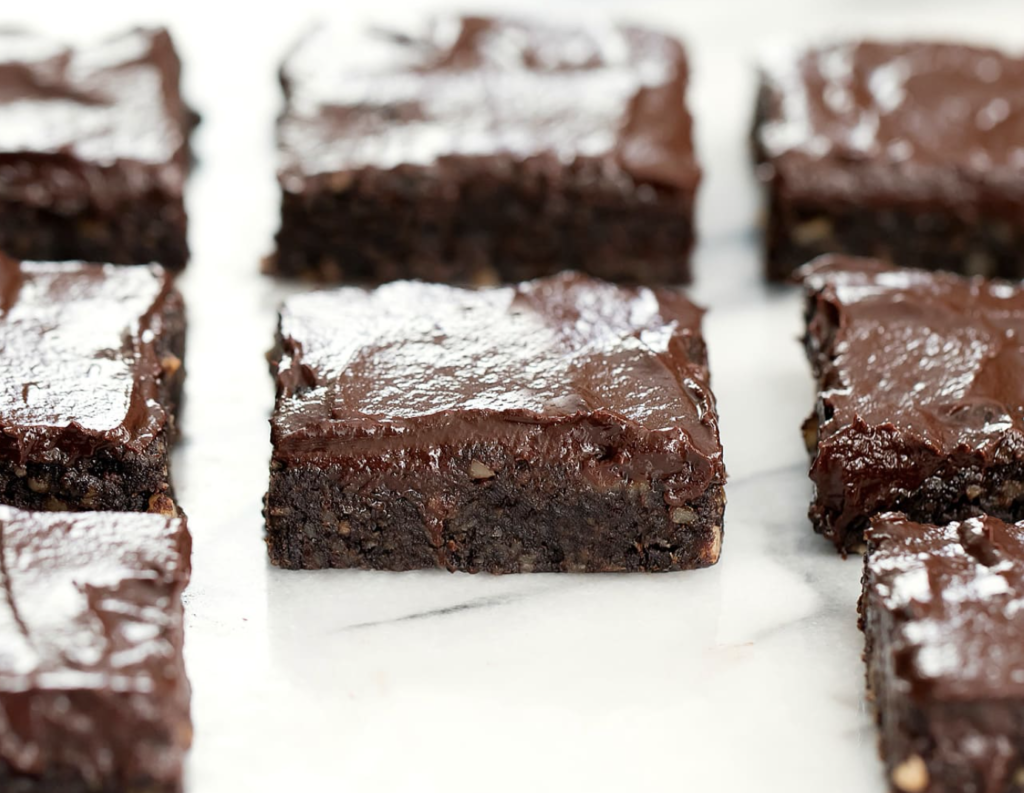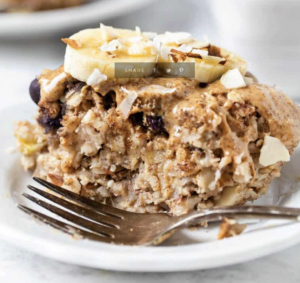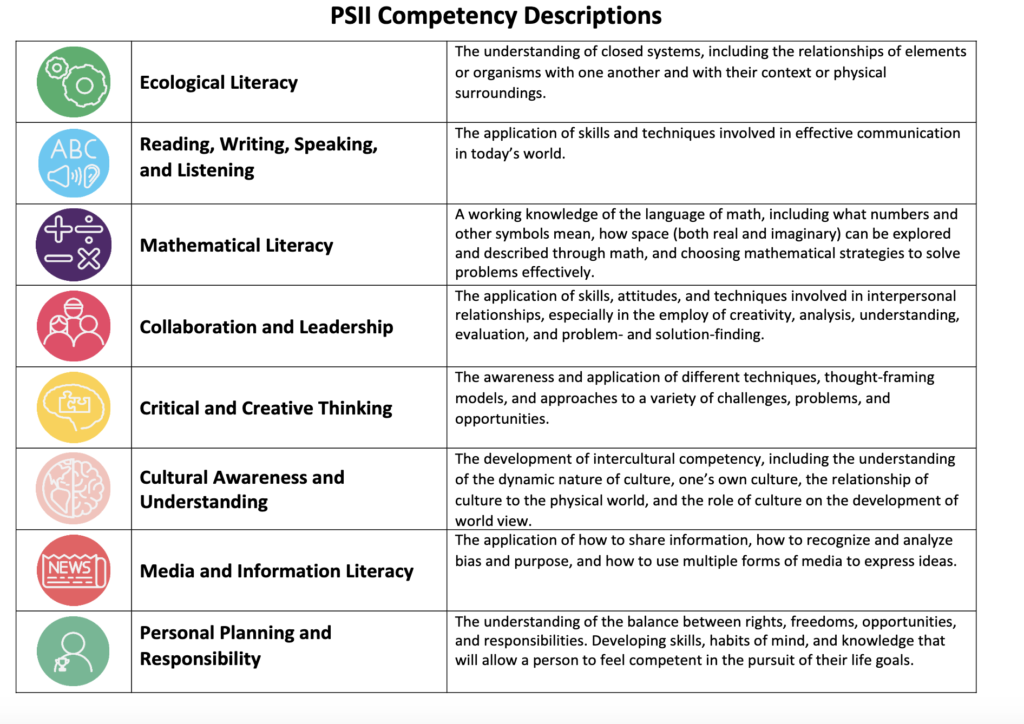This week I learned all about the different types of video games that could be used in the classroom. Before this week the only games that game to mind were math games like Prodigy, although there is so much more than this and so much I also experienced when I was a child in Elementary School. In this post I will sort through some of the video games available according to subject.
Math: Prodigy and Cool Math Games
Prodigy is a more recent math game commonly played in Elementary/Middle school settings. According to the Prodigy website, this is a great video game for engaging students. Students will answer math questions to complete quests and earn rewards. Teachers can use this as an assessment tool because they can visualize student progress.
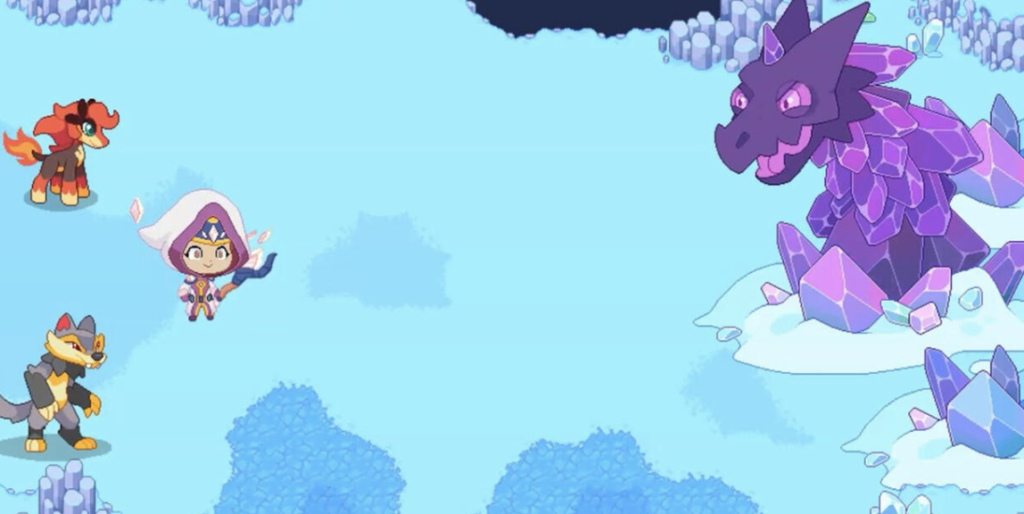
Cool Math Games is a website I used when I was younger and I am unsure if it is as common today, although this is a great website for finding a variety of math games. This is a great tool for teachers to use when they want their students to have a bit of free time that is still educational, or for helping students explore the web. Here is a video of me attempting one game I found on the website:
Art: Tux Paint, Microsoft Paint
When I was in Elementary School I remember absolutely loving Tux Paint. I would constantly use this application during my free time. I was ecstatic to see that the game is still available to download! Tux Paint is a lot like Microsoft Paint except they have a bit of a different look and some additional content. Here is a video of somebody creating the solar system with Tux Paint:
Microsoft Paint is another awesome application for art. I never had much experience with it, but the great thing is I believe it comes already installed on all Microsoft computers. The application is very easy to use. Children can take part in specified tasks or create something from their imagination.

English: All the Right Type
My mind was blown when a fellow student of mine mentioned All The Right Type again, what a throwback! This is a great application for helping kids learn to type. Children will go through different stages learning how to type certain letters and then start to type faster and faster (I was one of the top in my class, not to brag or anything). Now there is an online portal so you do not even have to download the app! This application is not free according to the website, however, I believe this is a necessary purchase to ensure students know how to type (especially in this new information/technology era).
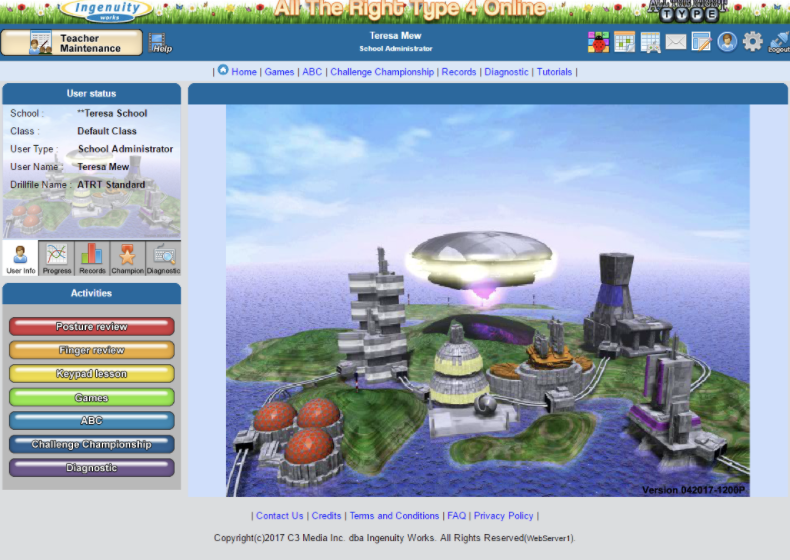
PBS Kids by subject
There is also the PBS Kids website where students or teachers can search by subject and by topic to find the games that best suit the challenge.
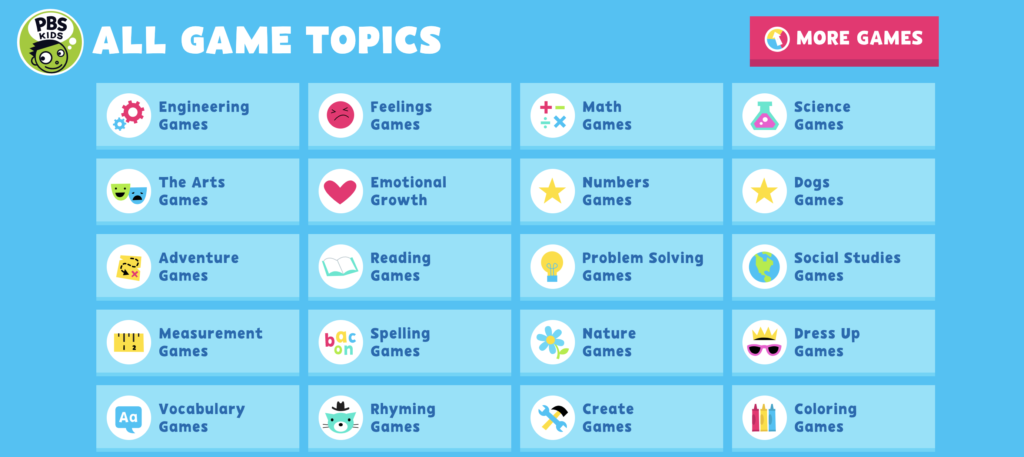
Minecraft lesson plans by subject
You can also let your students play Minecraft in your classroom for educational purposes. There are Minecraft lesson plans available online to sift through. The best part is that these resources are free to use!



